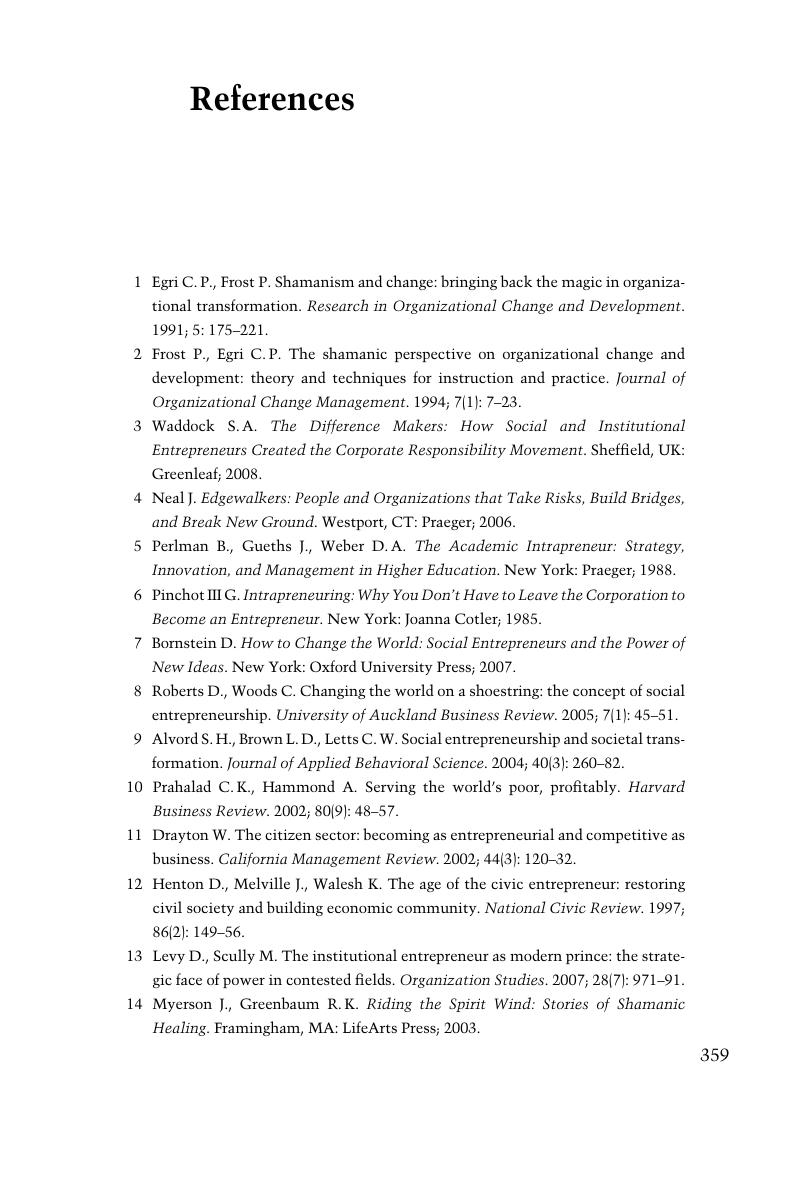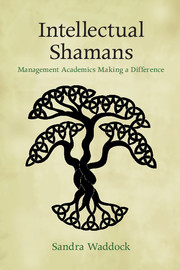References
Published online by Cambridge University Press: 18 December 2014
Summary

- Type
- Chapter
- Information
- Intellectual ShamansManagement Academics Making a Difference, pp. 359 - 367Publisher: Cambridge University PressPrint publication year: 2014



